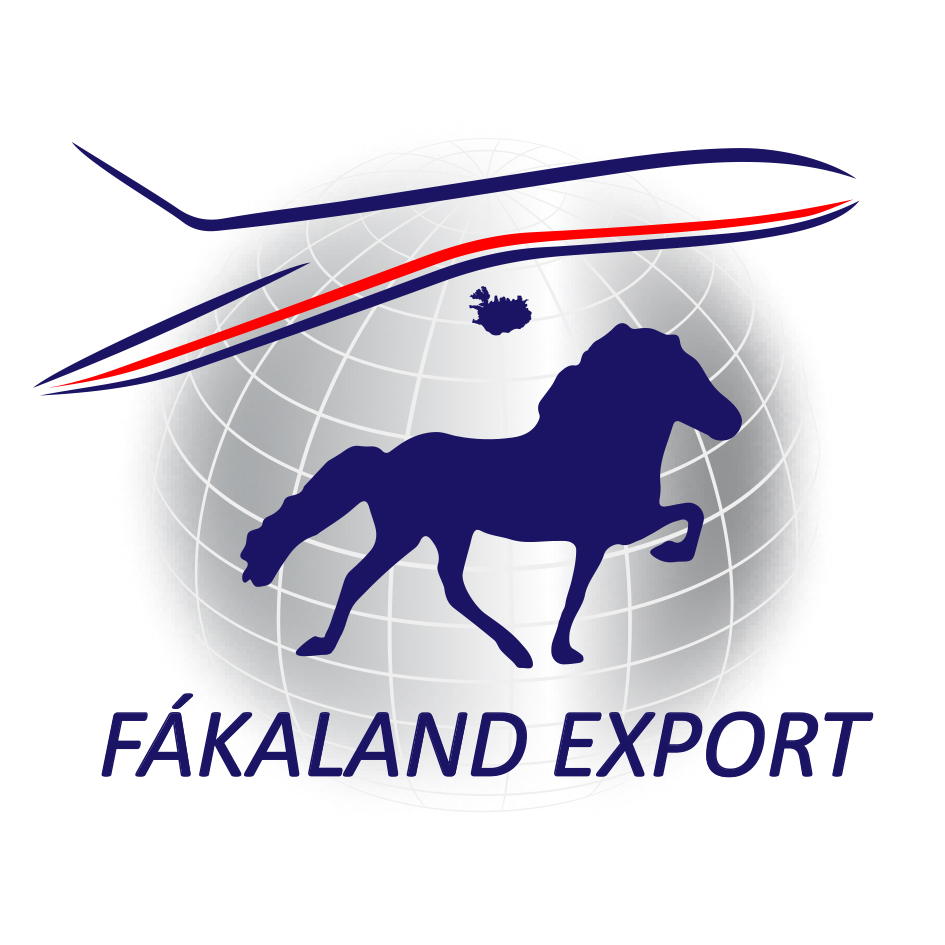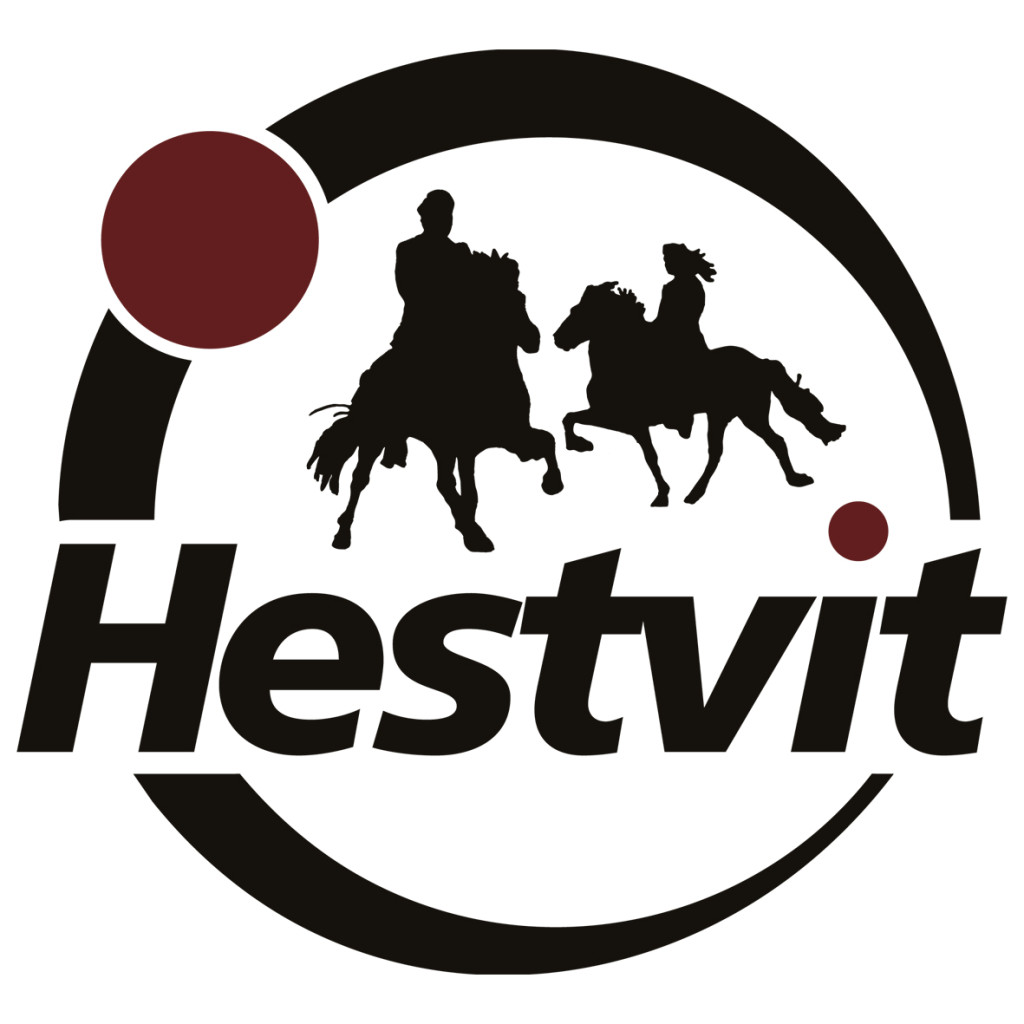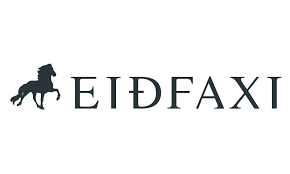In 2019, the Icelandic tourist industry reported a downswing for the first time in many years. The number of tourists who visited the country dropped by 14.1% compared to 2018, from 2,343,800 to 2,013,200. However, the opposite development has been reported for horse-related tourism as the ratio of tourists who go horseback riding in Iceland has increased between years, from 9.3% in 2018 to 9.8% in 2019.
Last year nearly 200,000 foreign tourists went riding in Iceland, according to preliminary statistics from the Icelandic Tourism Data Dashboard, a database operated by the Icelandic Tourist Board (the confirmed statistics will be published in April). Of the tourists who went on horse treks in 2018, the vast majority, or 9 out of 10, said they were very pleased with the experience. Horses of Iceland has been told by its partners who run horse riding services that many of the tourists who go on treks with them return, even year after year.

With Íslandshestar, riding towards Víðidalstungurétt to oberserve the horse roundup. Photo: Louisa Hackl.
Horses have a considerable impact on the travel patterns of foreign tourists. According to the Icelandic Tourism Data Dashboard, 91.3% of tourists who came to Iceland in 2018 rated Icelandic nature as their main attraction to Iceland. In 3,1% of instances, people mentioned horses specifically in that context.
Last year, Ingibjörg Sigurðardóttir, assistant professor at the Department of Rural Tourism at Hólar University, collected various data on the horse industry and horse-related tourism in Iceland for Horses of Iceland (and updated it early this year). She defines horse-related tourism as not only horse rentals and tour companies, but also all other services related to riders and horses on travel, as well as their image, products and history.
When looking further back in time, it turns out that there has been a massive increase in the number of tourists who enjoy horse-related tourism in Iceland in the past two decades; from 41,791 in 2002, to 120,150 in 2014, to 287,000 in 2018. In 2014, the estimated turnover of horse rentals and horse tour companies was ISK 2.5-3 billion (EUR 16-19 million – at today’s exchange rate), but ISK 7-8 billion (EUR 45-51 million) in 2018. It was also estimated that foreign tourists bought horse-related products for about ISK 127 million (EUR 811,000) in 2018, compared to ISK 60 million (EUR 383,000) in 2014.

Relaxing after a long day of riding with Riding Iceland on a tour of the Highlands. Photo: Gunnar Freyr Gunnarsson.
Of horse-related events in Iceland, Landsmót hestamanna, the biennial National Horse Competition, is the most important, attracting 8,000-10,000 people each time, approximately one third of whom are foreign guests. Loosely estimated, the average consumption of foreign visitors at Landsmót is ISK 30,041 (EUR 192) per day, excluding accommodation. Thus, it can be maintained that the direct economic impact of Landsmót 2016 was around ISK 160 million (EUR 1 million), not including the indirect economic impact. Landsmót was last held in Reykjavík in 2018 and it’s planned in Hella in South Iceland in July this year.
In her report, Ingibjörg points out that horses can be considered to be proportionally more important for the Icelandic economy and rural development than in other countries because in Iceland there are more horses per inhabitant than elsewhere and there are extensive horse-related operations around the country. According to statistics from 2013, there are 240 horses per 1,000 inhabitants in Iceland. For comparison, there are 32 horses per 1,000 inhabitants in Sweden, which has the highest ratio in the European Union.
The Horses of Iceland project has created a platform for cooperation within the Icelandic horse industry which didn’t exist before, leading a joint marketing initiative. Experience and academic research have indicated that collaborative marketing projects can deliver significant results but only if sufficiently funded and for a long time.
Text: Eygló Svala Arnarsdóttir. Photos: Gunnar Freyr Gunnarsson and Louisa Hackl.
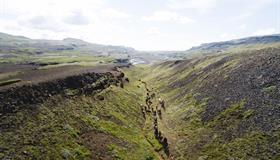

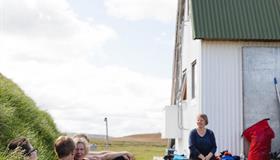

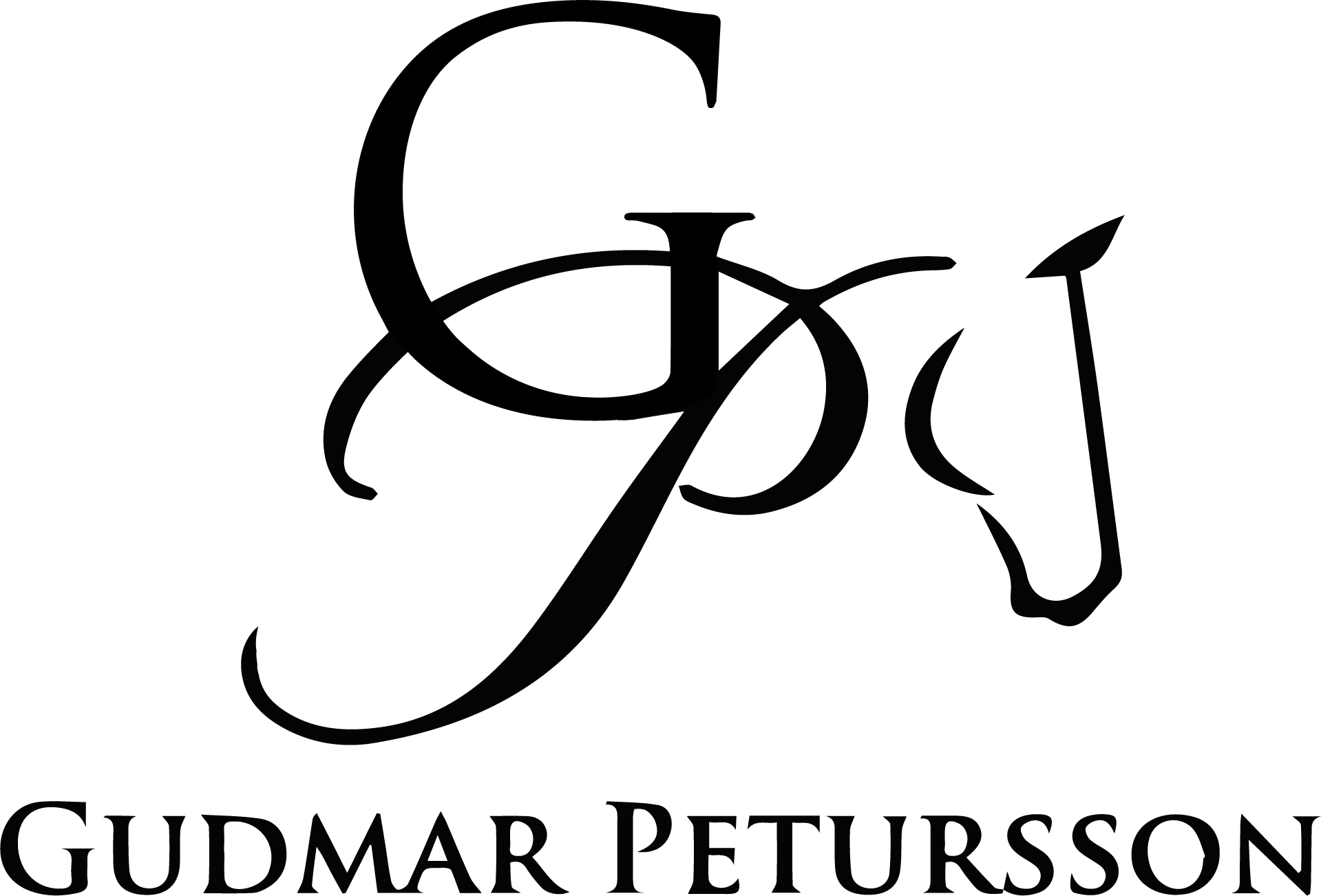


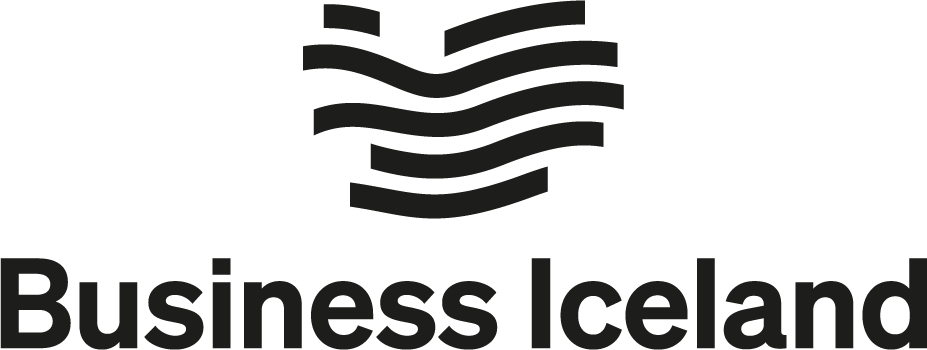


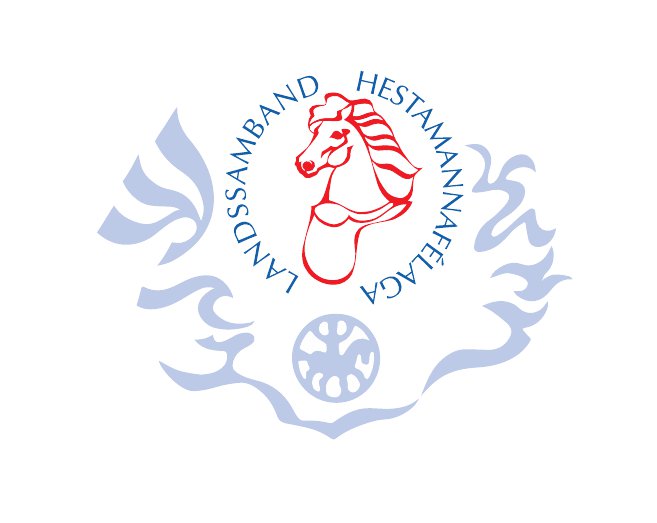

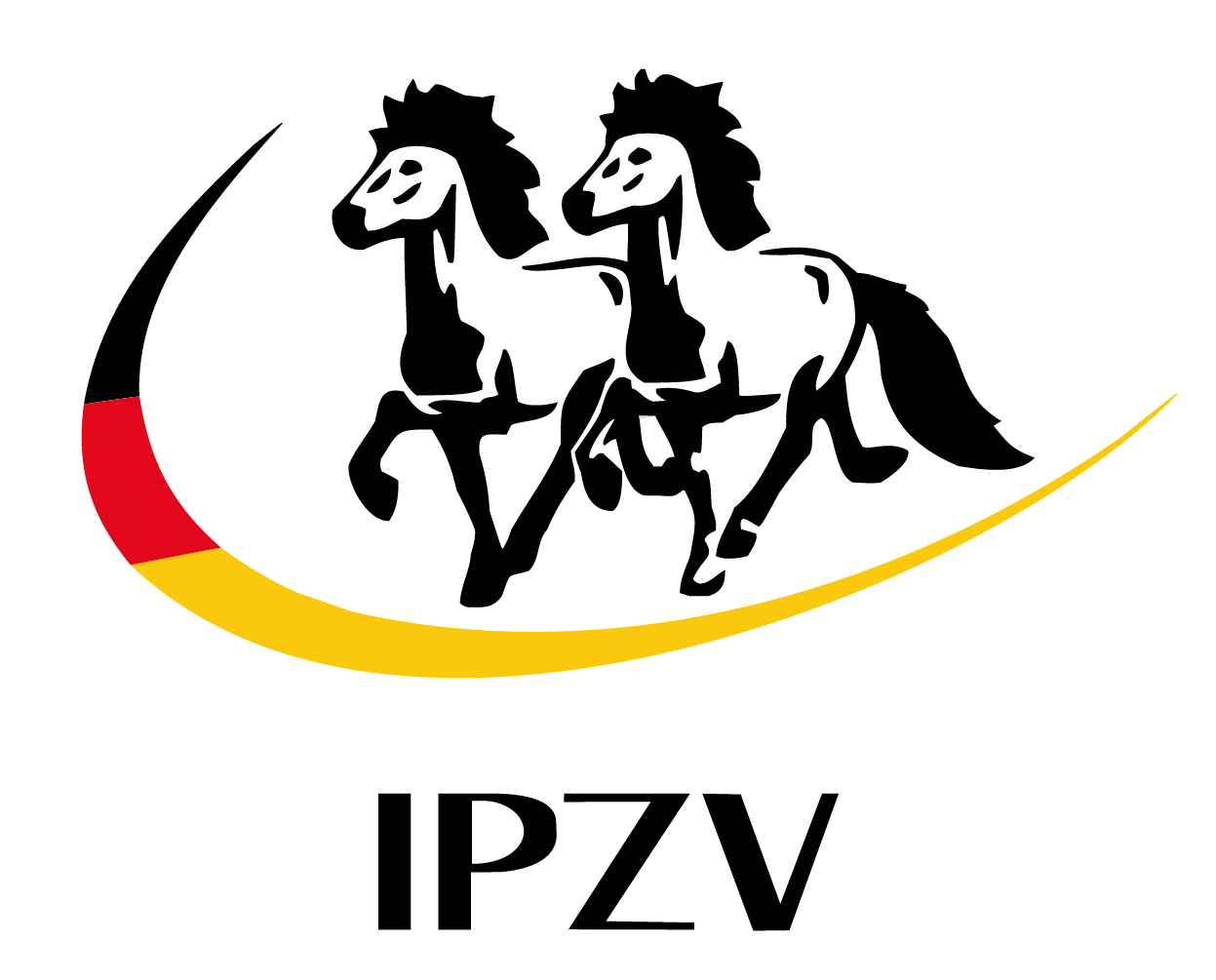

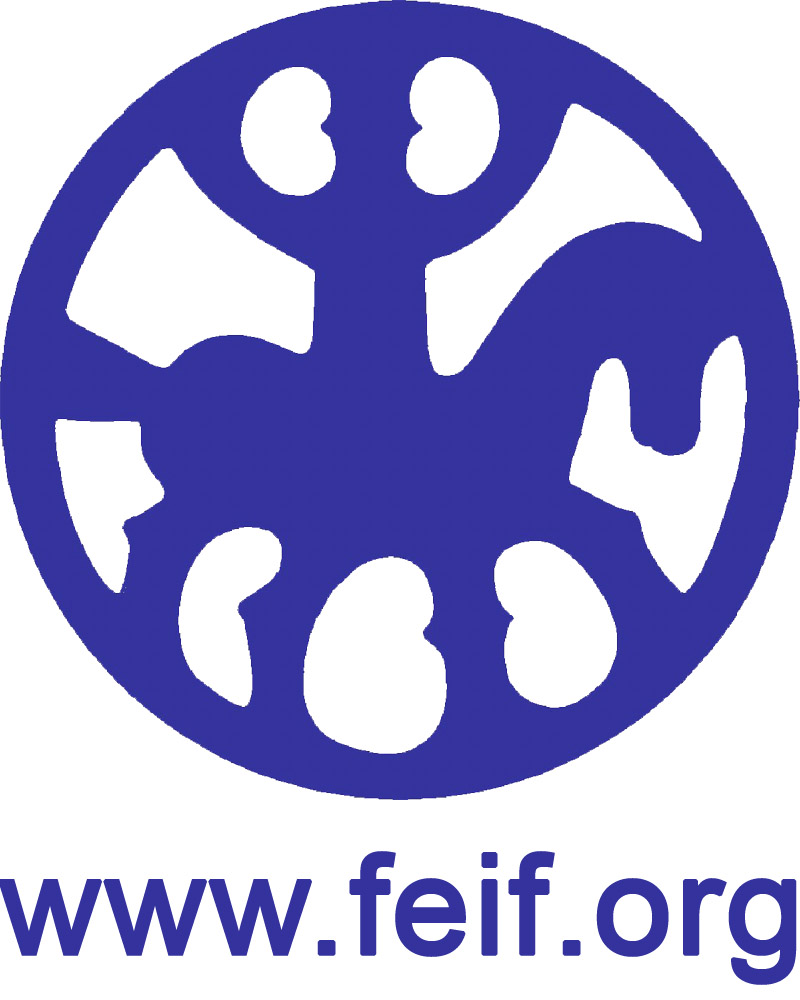
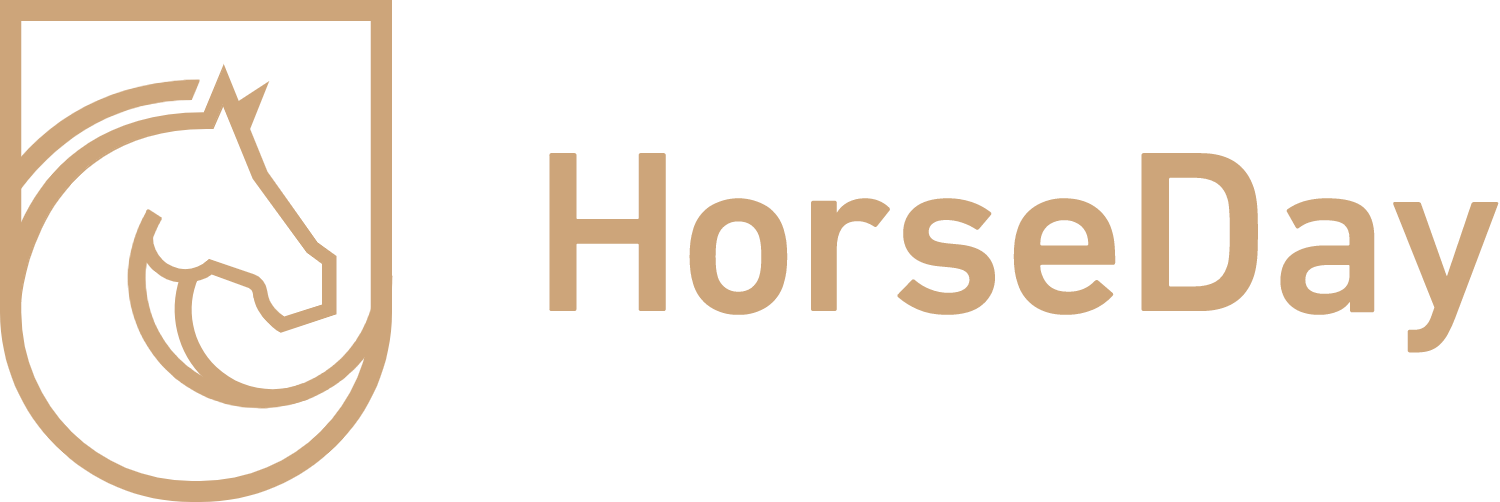
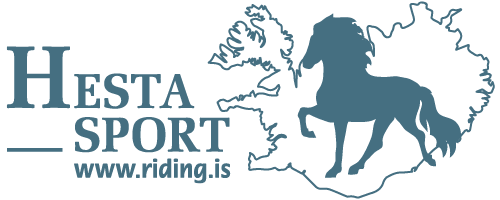


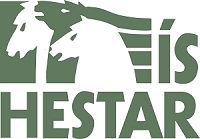

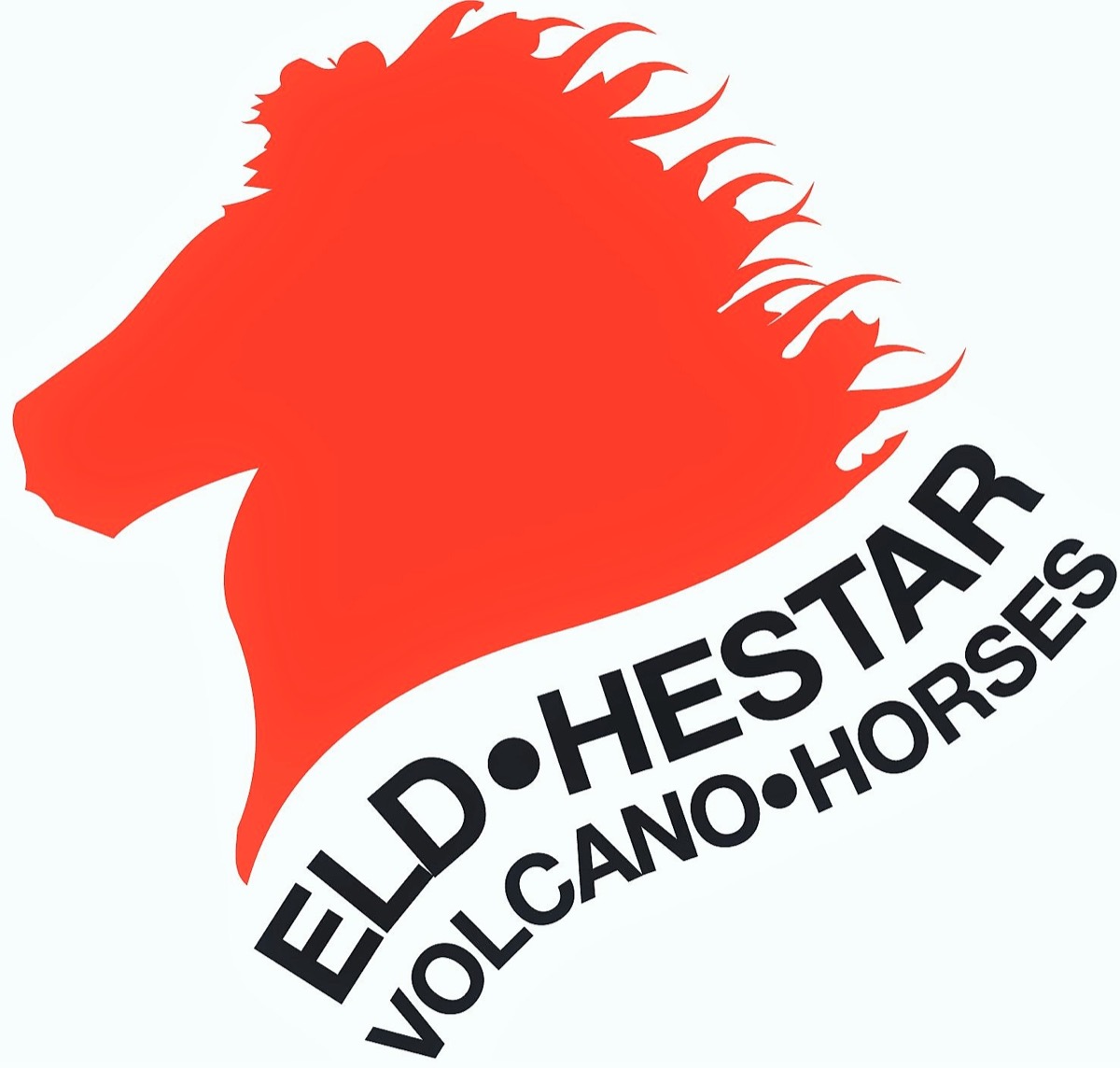


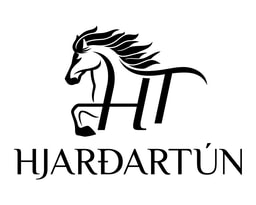
-1.jpg)
